Easter is one of the oldest holidays still widely celebrated worldwide, and every country adds its own flavor to this special holiday. Curious, how exactly do Czechs celebrate Easter?
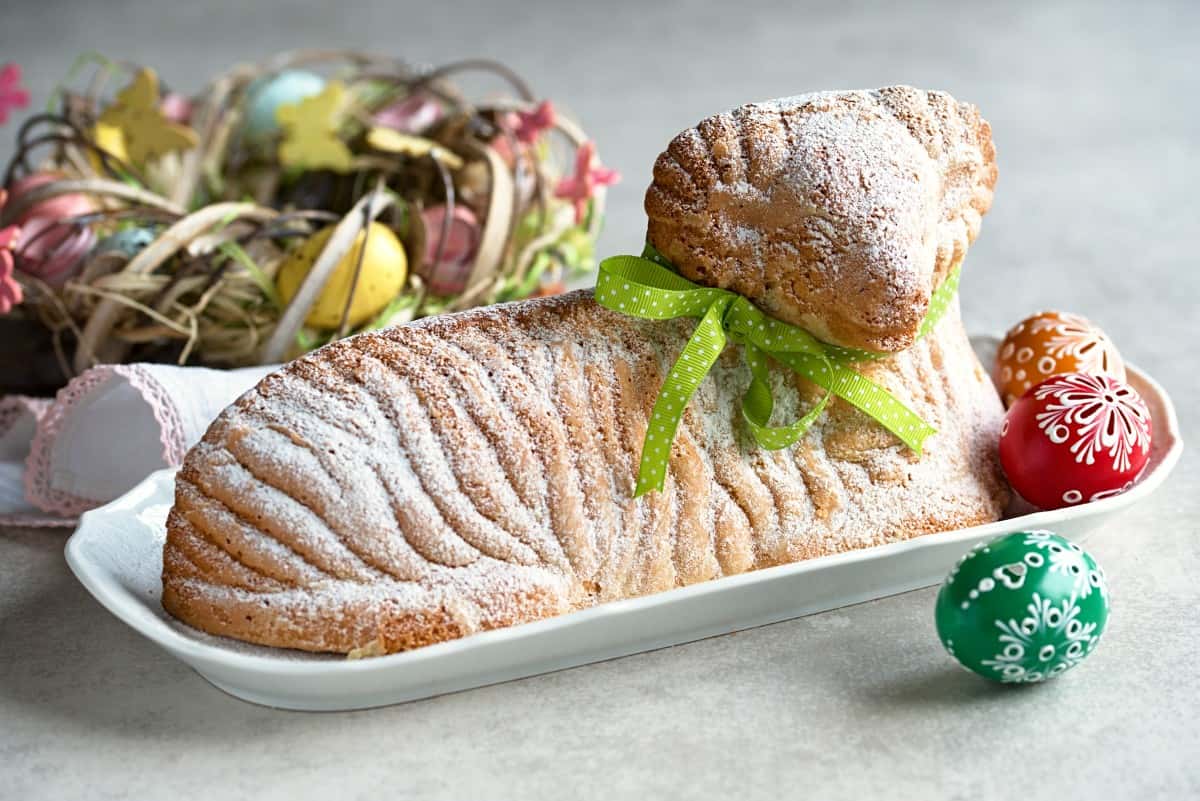
➜ What is Easter like in the Czech Republic
Originally, Slavic people celebrated Easter as the arrival of spring, later to have elements of Christianity mixed in.
This history plays a significant role in how Czechs celebrate Easter, as they follow the same traditions handed down to them from their ancestors.
Today, these traditions include painting Easter eggs, baking lamb-shaped cake, singing Easter carols, going to church, and, that's right, Easter whippings!
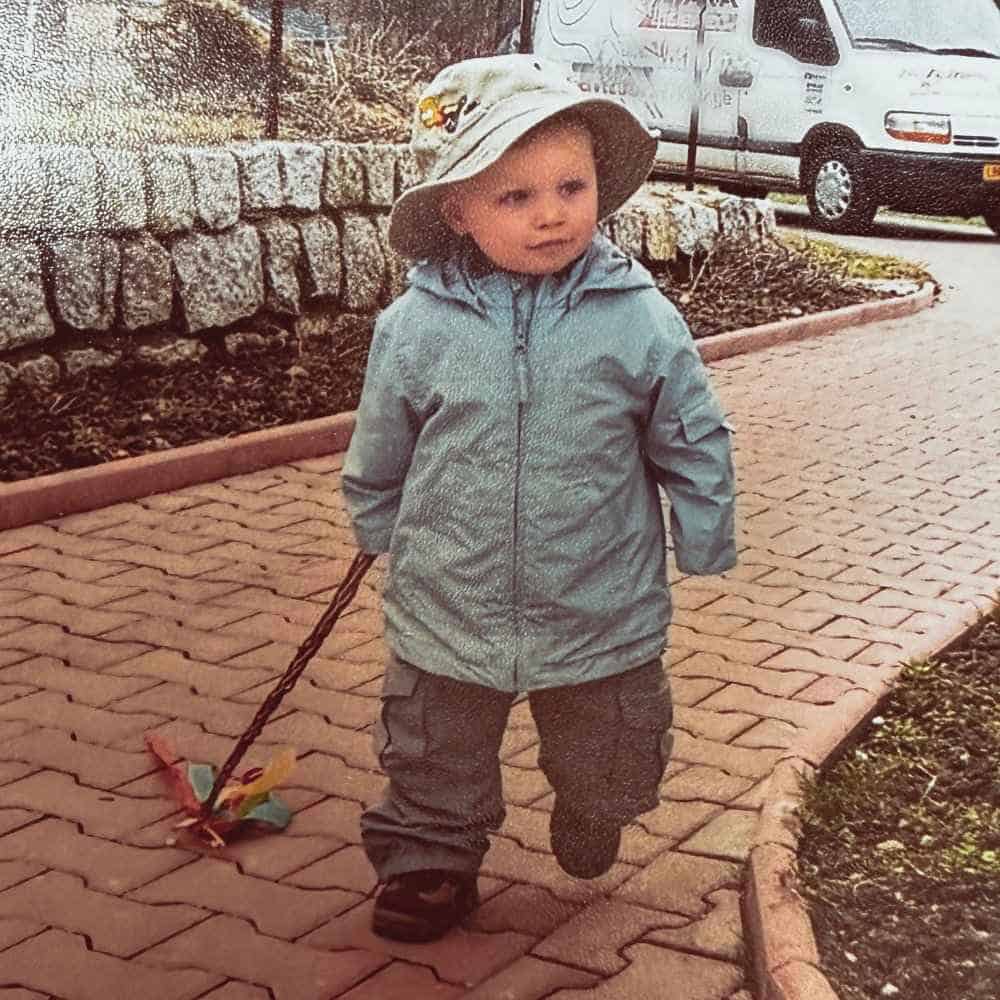
Here you will find a category with Czech Easter recipes
➜ When do Czechs celebrate Easter?
Even though Holy Week is technically more than seven days, most Czechs come together to celebrate Easter Monday as the main holiday.
The actual date changes every year, depending on the first full moon after the spring equinox. Actually, Easter Monday can fall anywhere between March 22nd and April 25th.
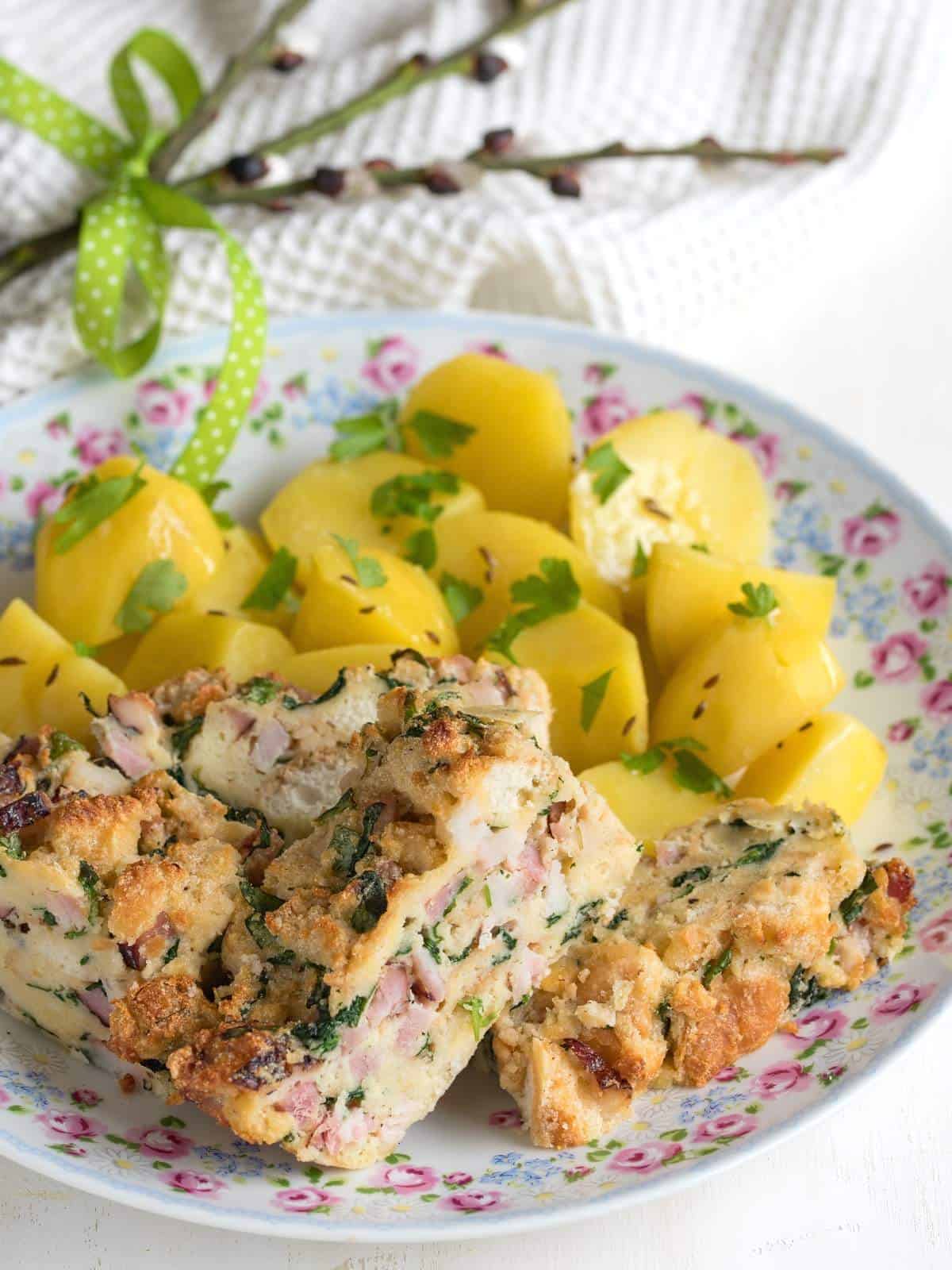
➜ Czech Easter culinary traditions
Easter in the Czech Republic is celebrated with some classic treats and desserts.
In the past, Easter came after a month-long Lent, running from Ash Wednesday to White Saturday in Holy Week. Nowadays, Czechs are rediscovering old Easter traditions. While they may not be strict about cutting down on food, they are making an effort to revive the customs of Holy Week.
Let's take a little glimpse into the days leading up to Easter during Holy Week (so-called Pašijový týden), exploring the traditions and delicious goodies that Czech housewives used to whip up during this festive time!
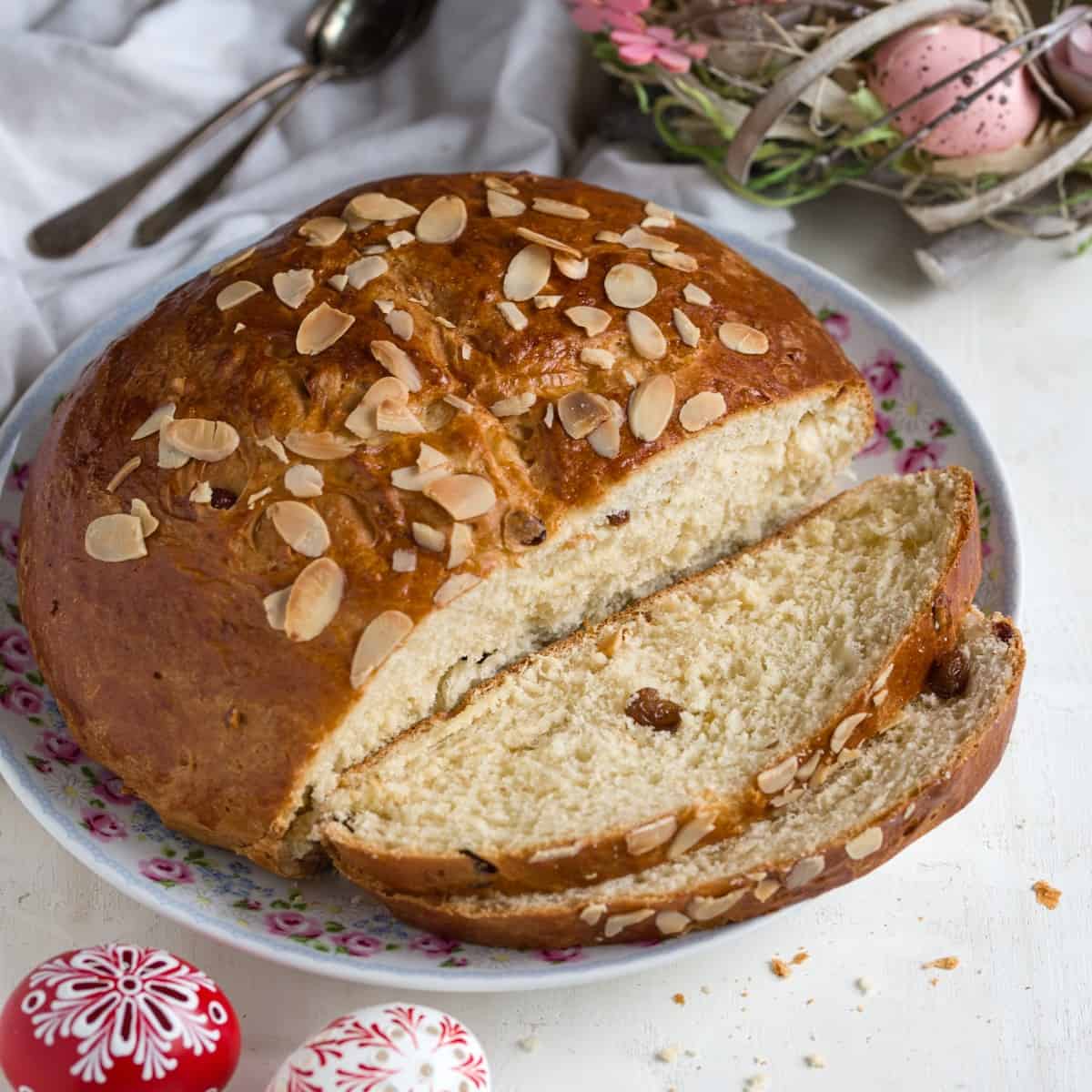
➜ Days in the Easter Holy Week
Ugly Wednesday (Škaredá středa)
According to tradition, people swept chimneys to drive away evil forces from their homes. A chimney had to be cleaned with a smile, because anyone frowning on Ugly Wednesday would be stuck with it until the next Easter rolls around!
When it comes to food, on Ugly Wednesday, dishes that looked „ugly“ but still tasted delicious were served. A typical example is Bramboráky potato pancakes, which were torn into smaller pieces before serving. For those with a sweet tooth, Trhanec pancake was a great choice.
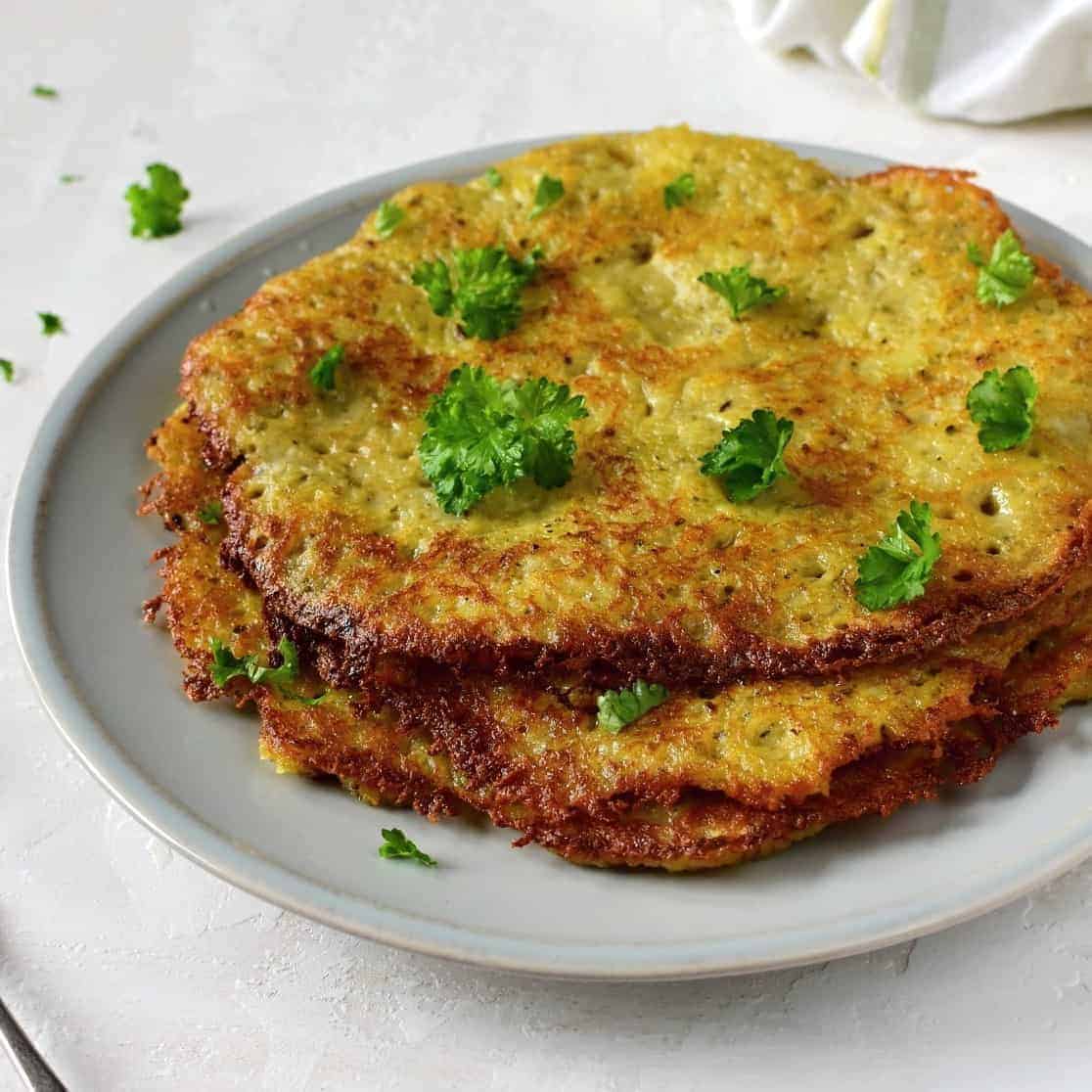
Green Thursday (Zelený čtvrtek)
This day commemorated Jesus Christ's Last Supper and came with several prohibitions. For instance, washing clothes or working the land was forbidden, although cleaning was still allowed.
On Green Thursday, or Zelený čtvrtek in Czech, folks usually put together a green-themed menu. Since Easter fasting is still ongoing, the most popular dish was spinach sauce, served with boiled eggs and potatoes.
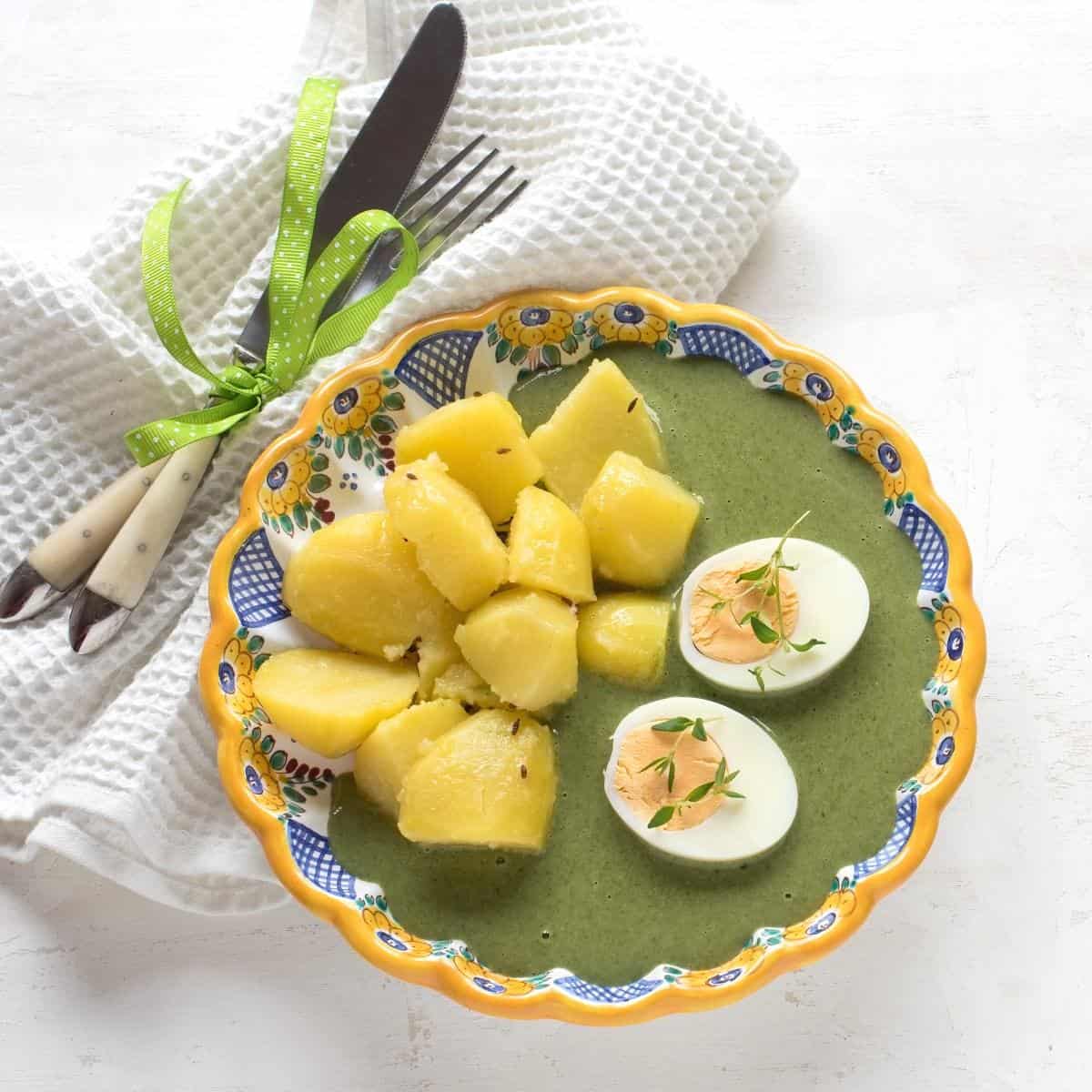
The Czechs also baked Jidáše on this day. It is a sweet pastry rolled into the shape of a spiral or knot. Every piece was glazed with honey because people believed that honey would protect against snake bites and other poisonings.
Jidáše pastries are meant to commemorate the apostle Judas (Jidáš), who betrayed Jesus Christ.
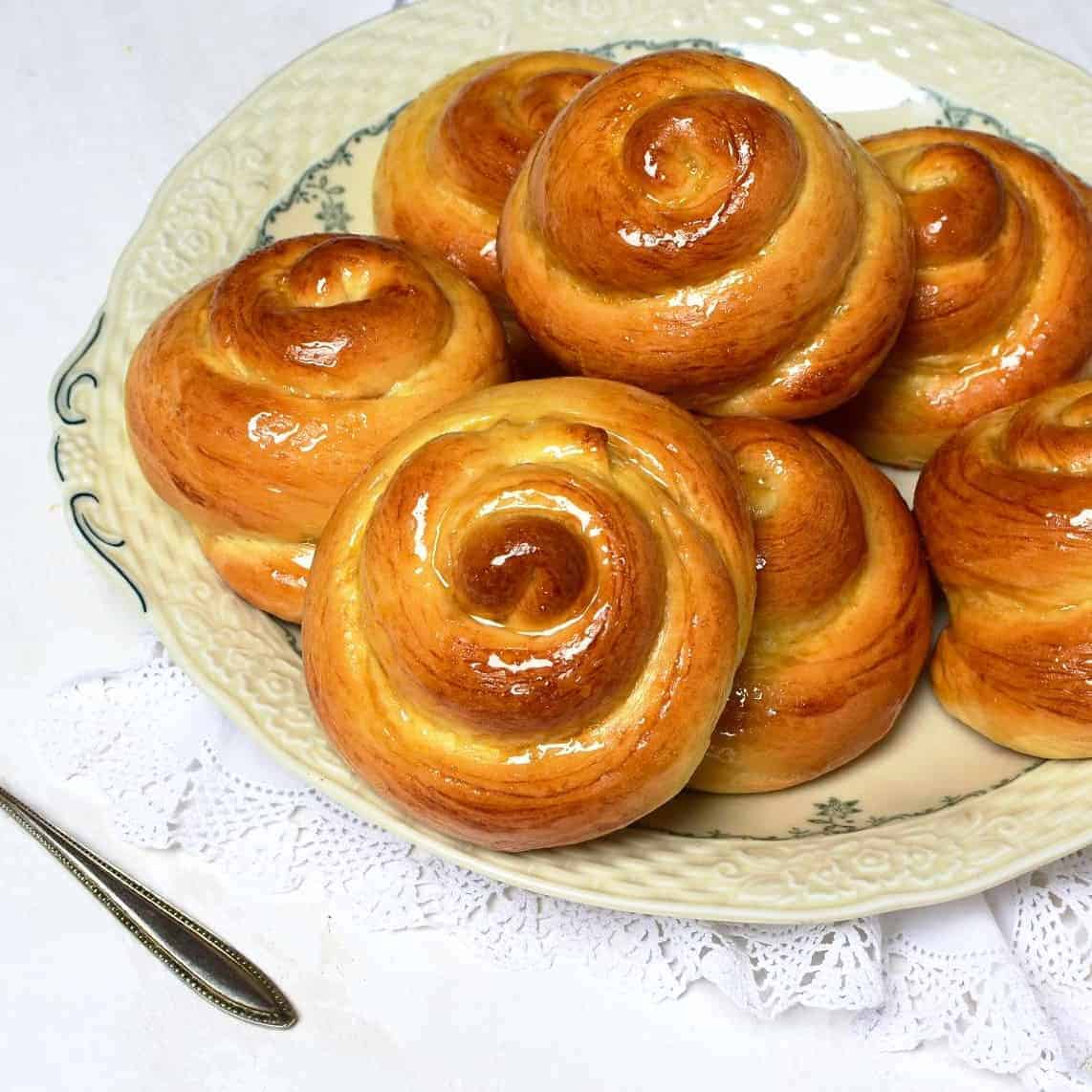
Great Friday (Velký pátek)
Velký pátek was a day of quiet reflection, strict fasting, and a touch of mystery. It was said that the earth held hidden treasures, and there were whispers of witches casting spells.
Rising early to cleanse oneself in the stream for good health was a common tradition. It was also a time when borrowing or lending anything was frowned upon, as there was a fear that borrowed items might be enchanted.
In some Czech regions, people kept a full fast or cooked only one meal a day, which often consisted of hearty soups such as potato soup (bramboračka), sauerkraut soup (zelňačka), or pea soup (hrachovka). No meat was added to the soups, so no sausage or bacon!
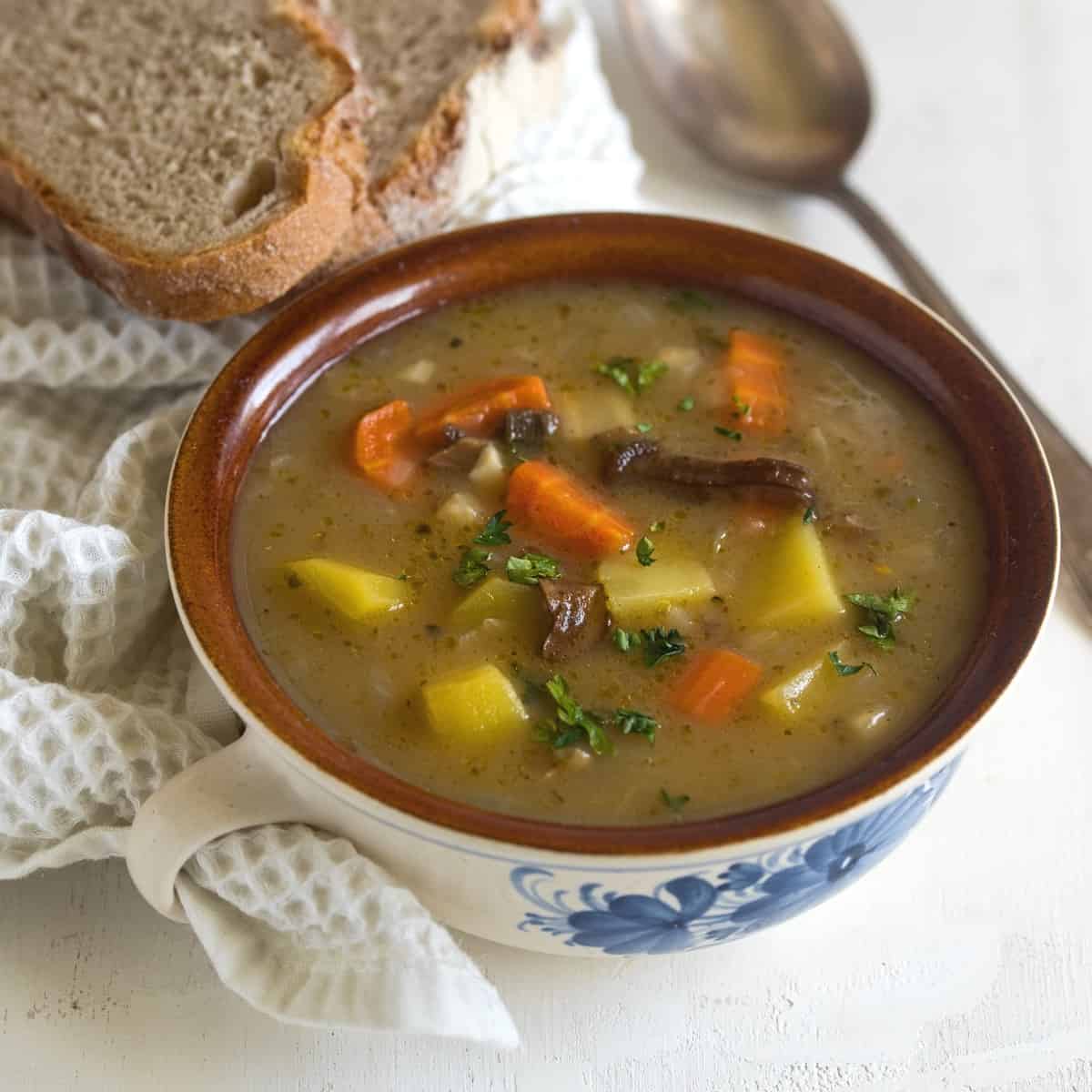
White Saturday (Bílá sobota)
This day marked the end of Lent. Cleaning was in full swing, and the walls were also whitewashed. Hence the name White Saturday.
After the thirty days of fasting, the Czech kitchens were busy making preparations for a huge feast! The housewives baked Beránek lamb cakes and Mazanec sweet Easter bread. And, of course, the table couldn't be complete without Nádivka or Sekanice Easter stuffing, which was made in large quantities because people ate it throughout Easter.
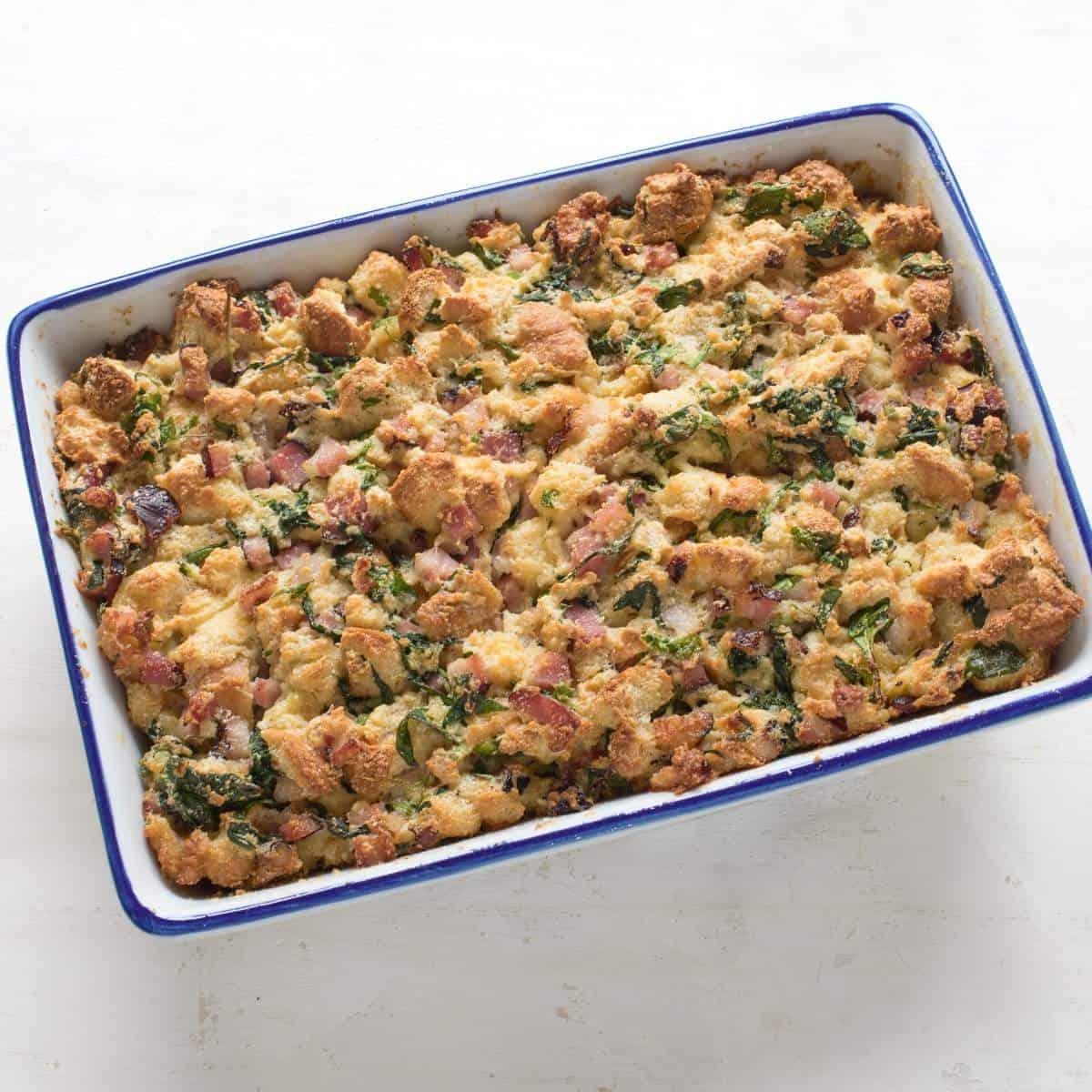
The most notable dish on White Saturday was a lamb pound cake called “Velikonoční beránek”.
As the lamb is symbolic of Jesus Christ, Czechs pay homage to his resurrection by baking a pound cake in a lamb-shaped mould, then decorating it with rosine eyes, dusting it with sugar, and placing a ribbon around its neck.
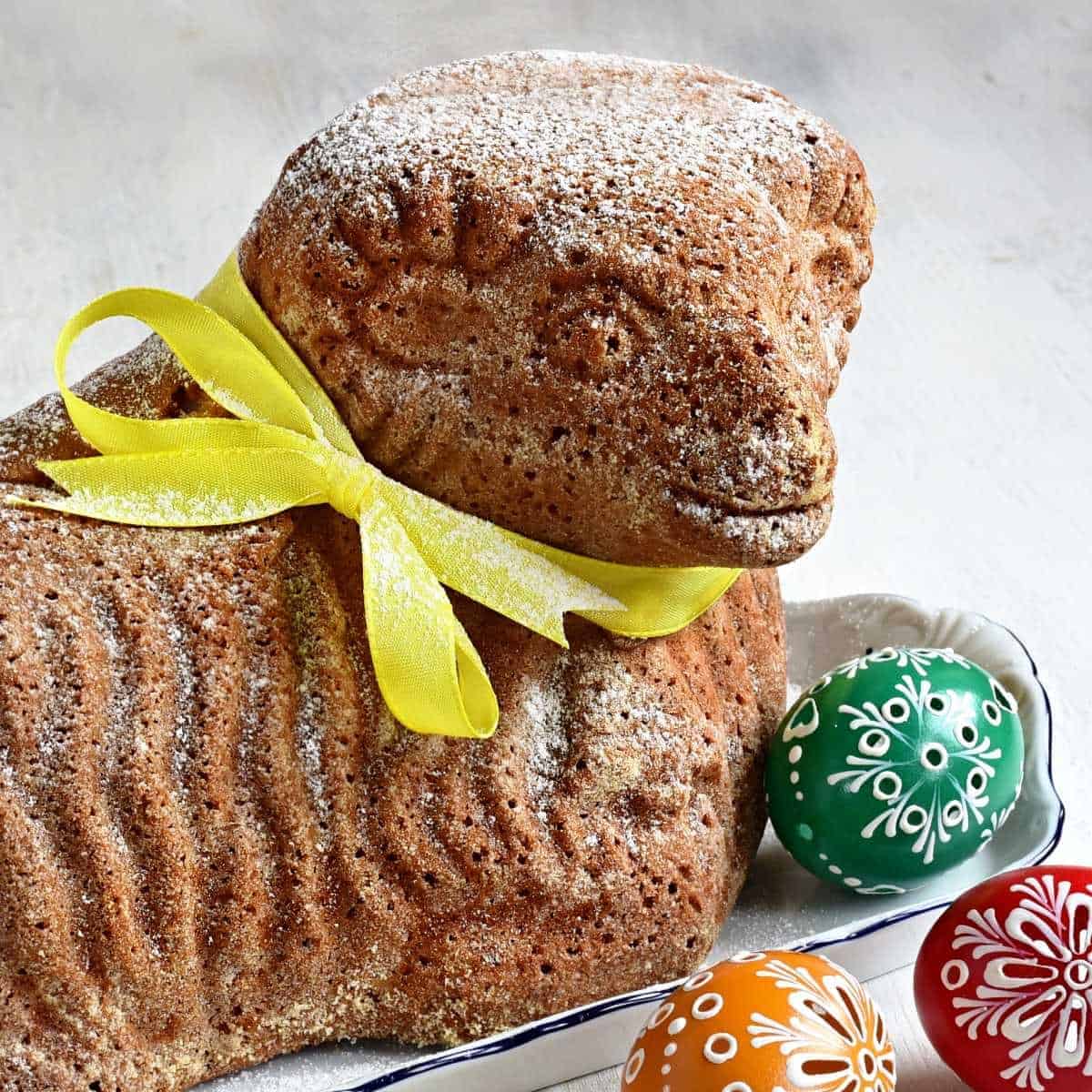
Easter Sunday (Boží hod velikonoční)
For Christians, the highlight of the Easter holiday was undoubtedly Easter Sunday. In the past, it was an occasion to put on new clothes. Lamb cakes, Mazanec bread, painted eggs, and other Easter delicacies were blessed in church, and later everyone who passed by was given a piece.
For lunch, families would festively set the table, which was laden with selected delicacies. There would be Mazanec, Koblihy, Koláče, and, of course, some roast meat. The feast kicked off with a hearty soup based on clear broth. Next up was the main course: young meat, like lamb, baby goat, or veal, depending on the family's wealth.
But the star of the show was always the roast lamb, symbolizing innocence. If they didn't have real meat, they'd whip up a lamb-shaped cake instead. And that tradition? Still going strong today!
Easter Monday (Velikonoční pondělí)
All the Easter excitement these days happens on Monday. It is all about eggs. In the morning, there is caroling, family visits, and feasting on dishes prepared over the Easter weekend.
And what about the leftover eggs that weren't given out during the caroling? Czech housewives traditionally whip up a delicious egg salad to round out the Easter festivities.
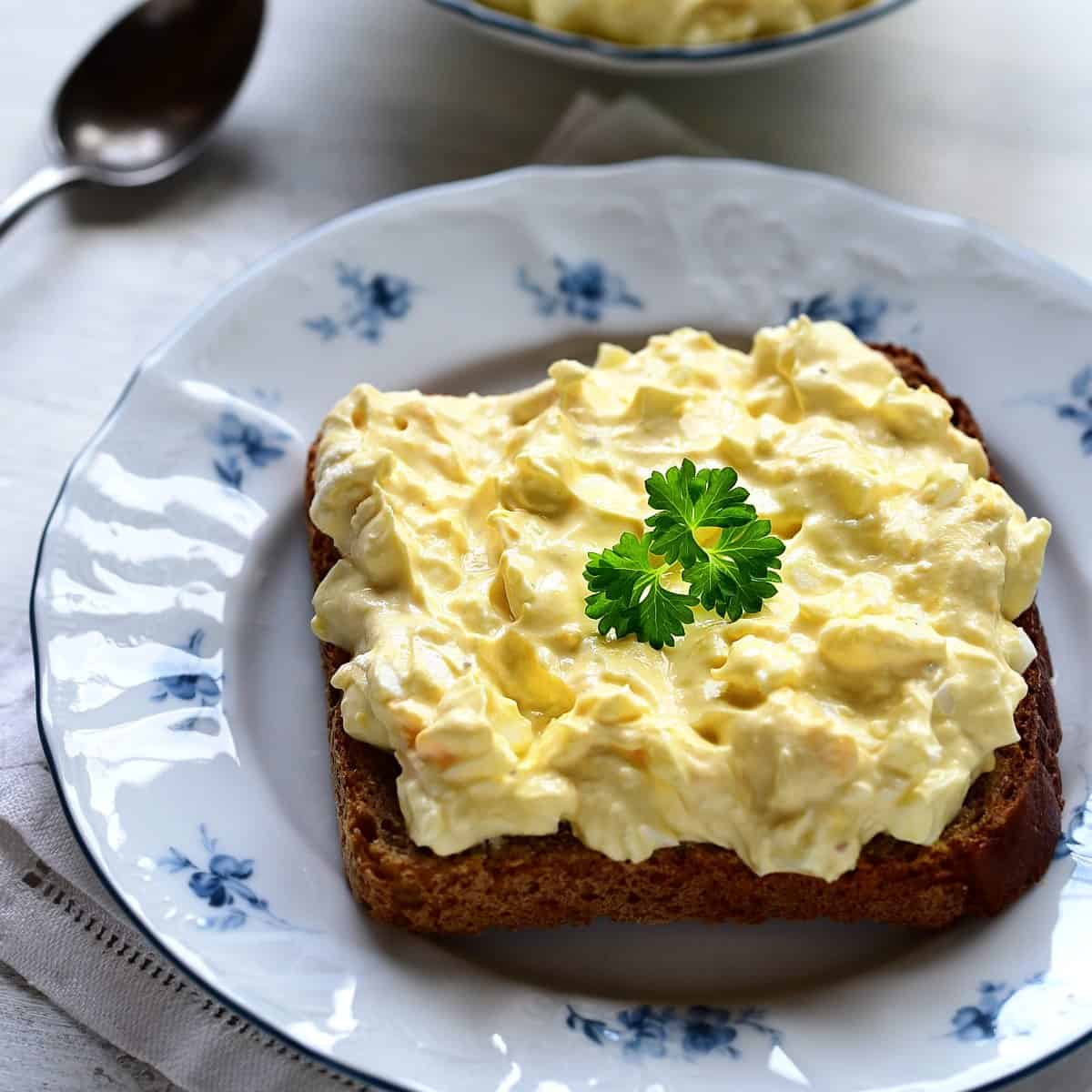
➜ Painted Easter eggs, or “Kraslice”
Painting and decorating eggs on Easter is a worldwide tradition, but the Czechs take it to a whole other level.
Traditionally, Czech girls would decorate Easter eggs and give them out to boys on Easter Monday.
The intricate designs many people use to decorate their eggs have since made Czech Kraslice famous around the world.
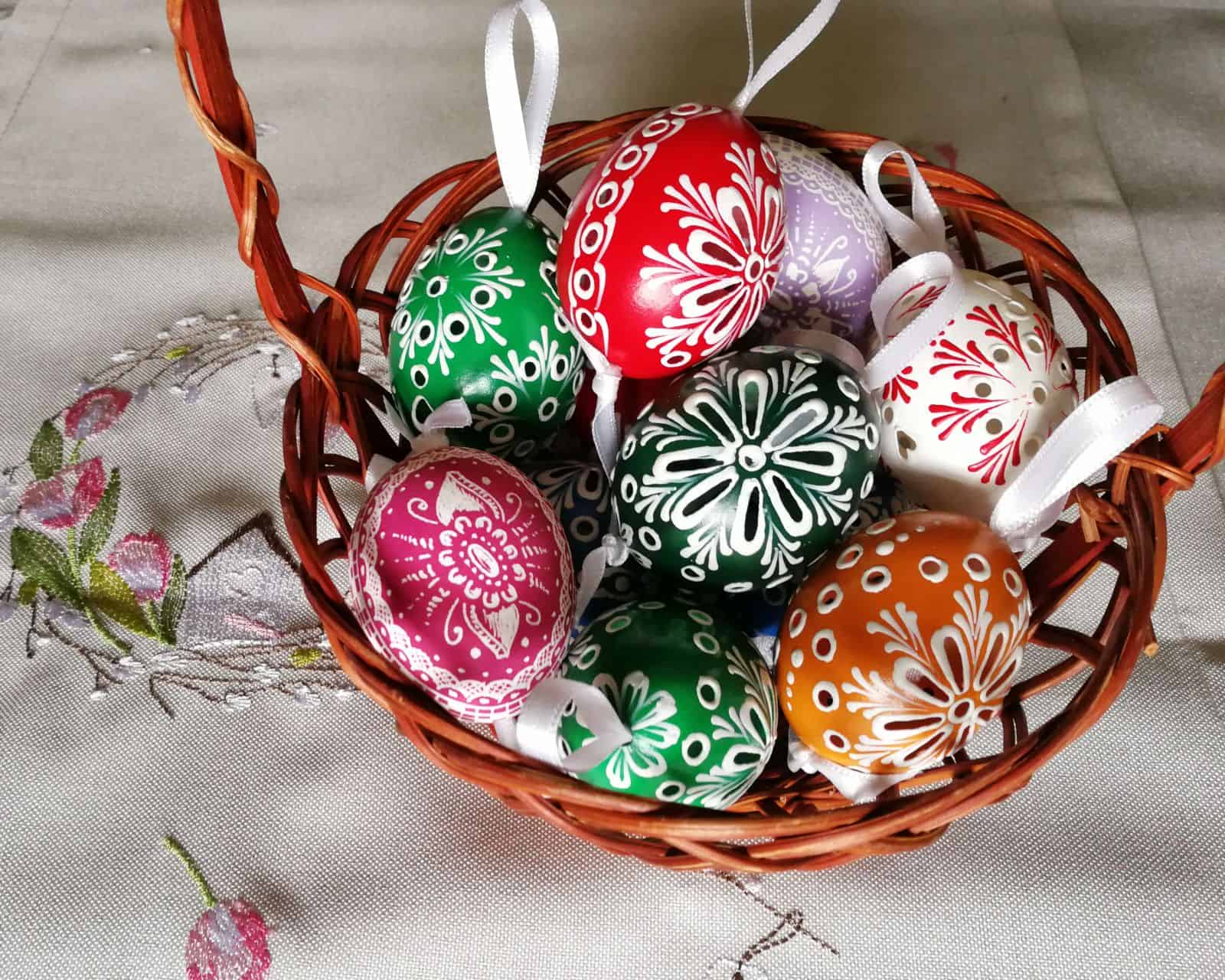
➜ Famous Czech pomlázka (Easter whip)
For foreigners, whipping fertility and beauty into young women on Easter might appear as a really weird habit. This, however, remains a popular tradition in the Czech Republic to this day.
Pomlázka Easter whip is made by braiding fresh willow twigs together and tying them off with colourful ribbons on the end.
In the past, boys would make their own whips and go carolling around town, looking to (softly) whip girls on their backsides. The girl then tied her own ribbon to the boys' Pomlázka whip and gave them a painted egg.
The tradition of Pomlázka is kept on Easter Monday, but only in the morning. If a boy shows up for caroling after noon, he might just get a surprise cold water shower from the girl!
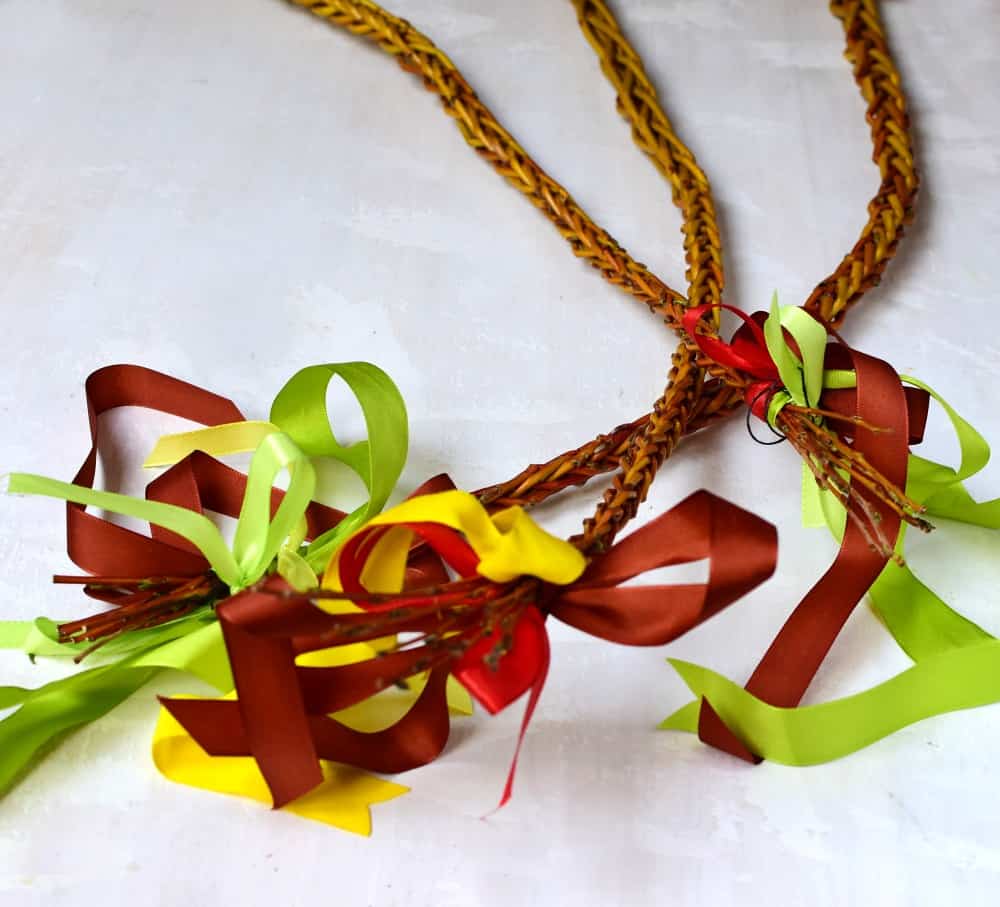
➜ Easter Carols
Much like with Christmas, Czechs also have Easter poems.
As mentioned above, boys might sing a carol or two in exchange for a painted egg or even a chocolate egg.
Let's just say, if you're traveling in the Czech Republic and you hear the phrase “Hody, hody doprovody, dejte vejce malovaný!” sung in the streets, it might just be Easter time.
The most famous Easter carol in the Czech Republic
Hody, hody doprovody, dejte vejce malovaný. Nedáte-li malovaný, dejte aspoň bílý, slepičky vám snesou jiný.
Listen to the carol:
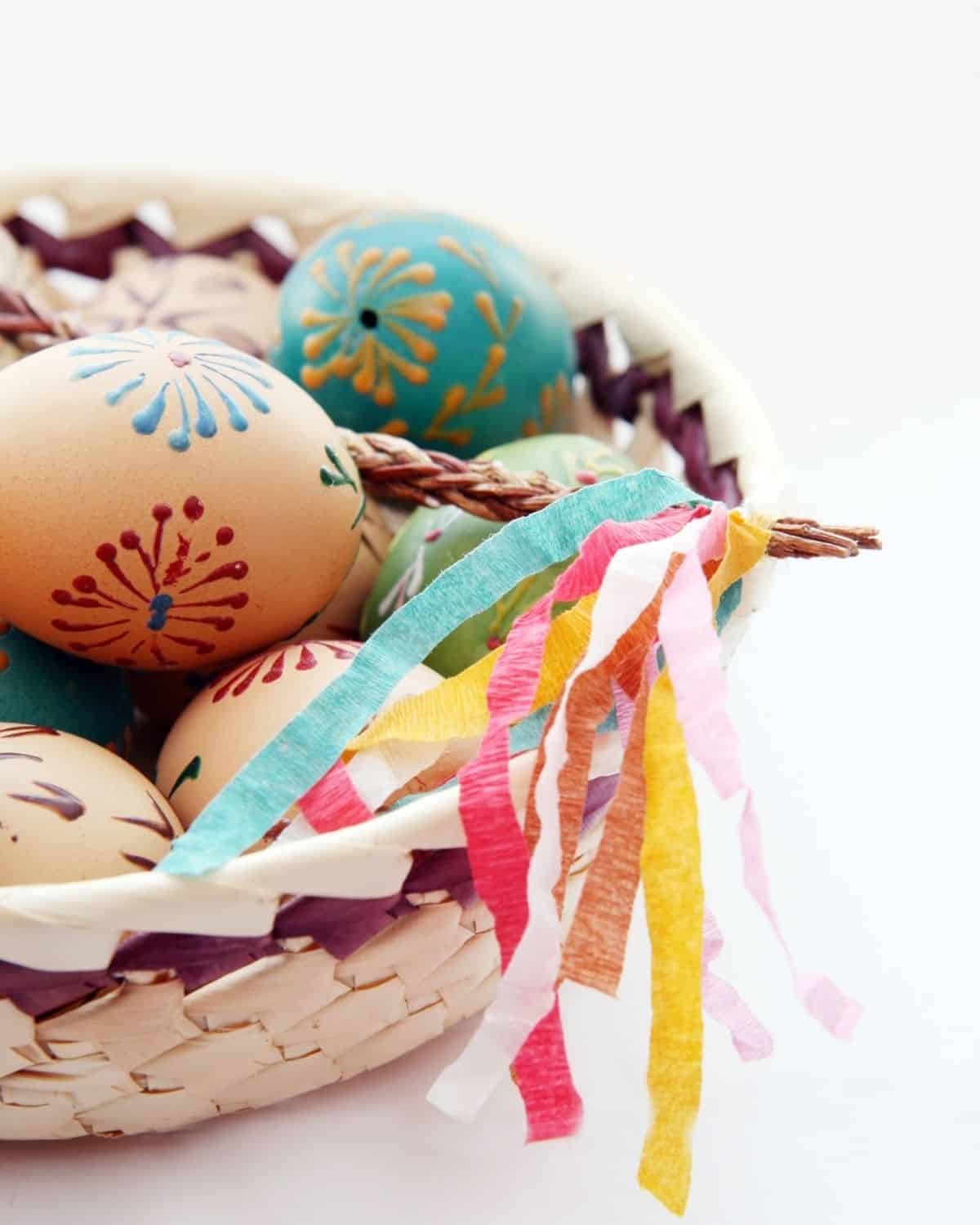
➜ Happy Easter in Czech
If you wonder how to say Happy Easter in Czech, here is a translation: Veselé Velikonoce!
And for those who are more sound-oriented, here's an audio file on how to pronounce "Veselé Velikonoce" in Czech.
➜ A Unique Culture
It is safe to say the Czech Republic is a country of deep history and tradition, and there is almost no better time to witness these customs than Easter.
If you are planning on visiting any time in March/April, just be sure to keep your pomlázka and mazanec close at hand


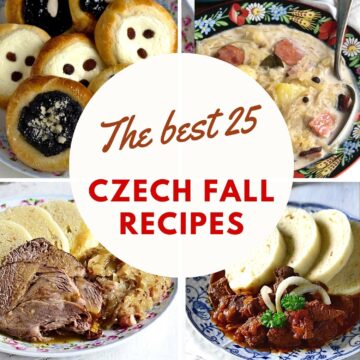
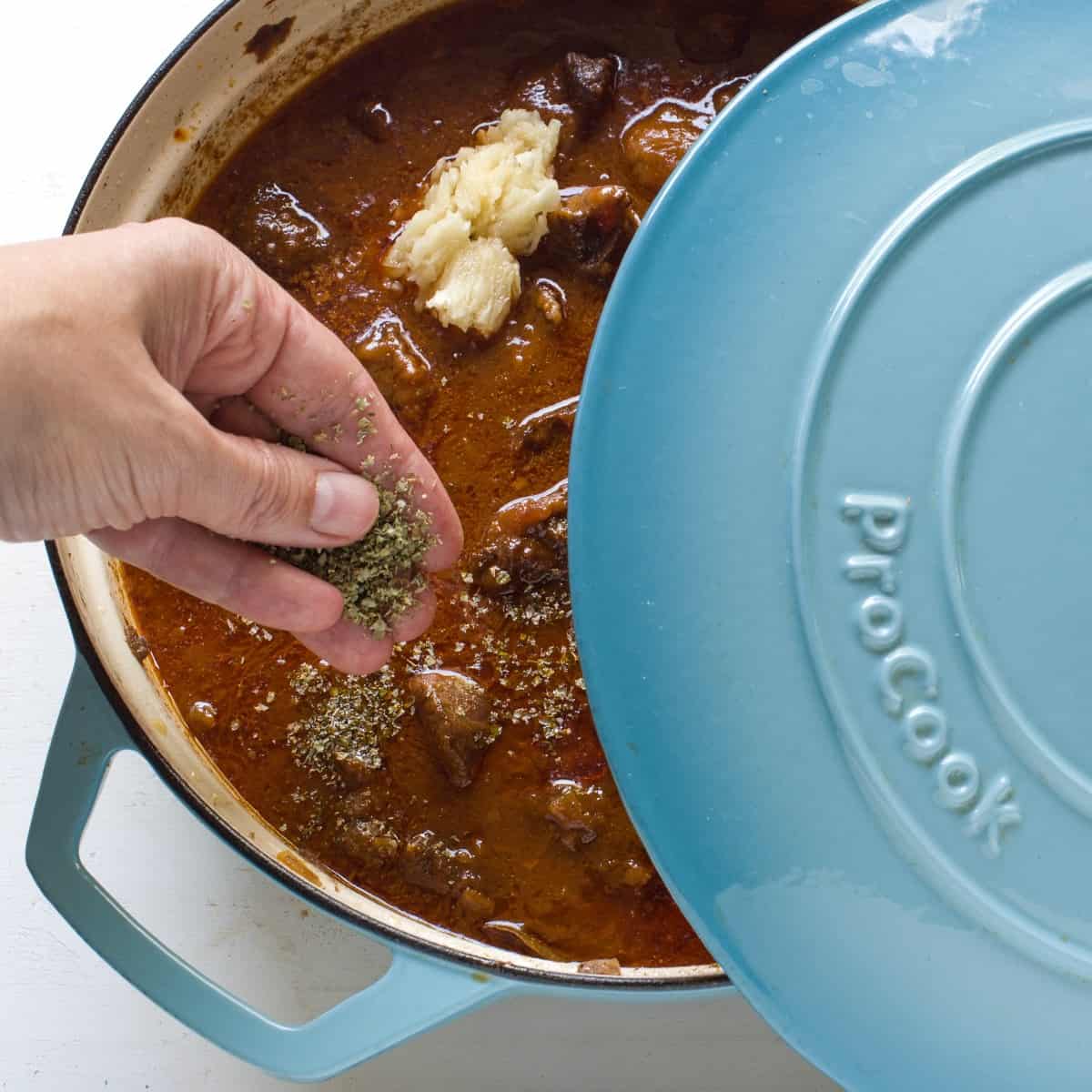
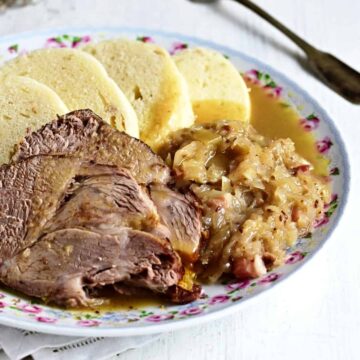
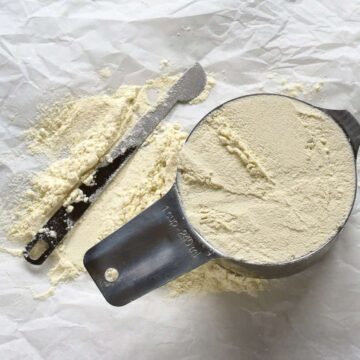
Joan Jelden
Ahoy! Dobry den! I just found your blog and am looking forward to reading more and trying your recipes! I am hosting Easter, so I love scouring cookbooks and the internet for new recipes to try. I am so excited that your blog popped up! I am American born, but my family has deep Czech connections (both my parents are of Czech descent which is unusual in this “melting pot” country!
I am so grateful that we are ending this pandemic and feel very blessed to have not lost anyone close. I hope the same for you and your family. Have a blessed Easter!
Petra Kupská
Ahoj Joan, thank you very much for your lovely comment! Exactly, we are also happy that the pandemic is on the wane. Europe is now living with the situation in Ukraine and we very much want the crisis to calm down as soon as possible. Have a blessed Easter, too! Warm greetings from the Czech Republic, Petra
Bob Burk
I subscribed to your website about 1 year ago and I have thoroughly enjoyed the recipes and your comments / writing. Take care and have a happy Easter weekend
Petra Kupská
Hi Bob, thank you for your kind words. I am glad that my recipes make you happy! I would like to do a lot more, because the Czech Republic has so much to offer, if only I had more time! I wish you and your family a happy Easter.